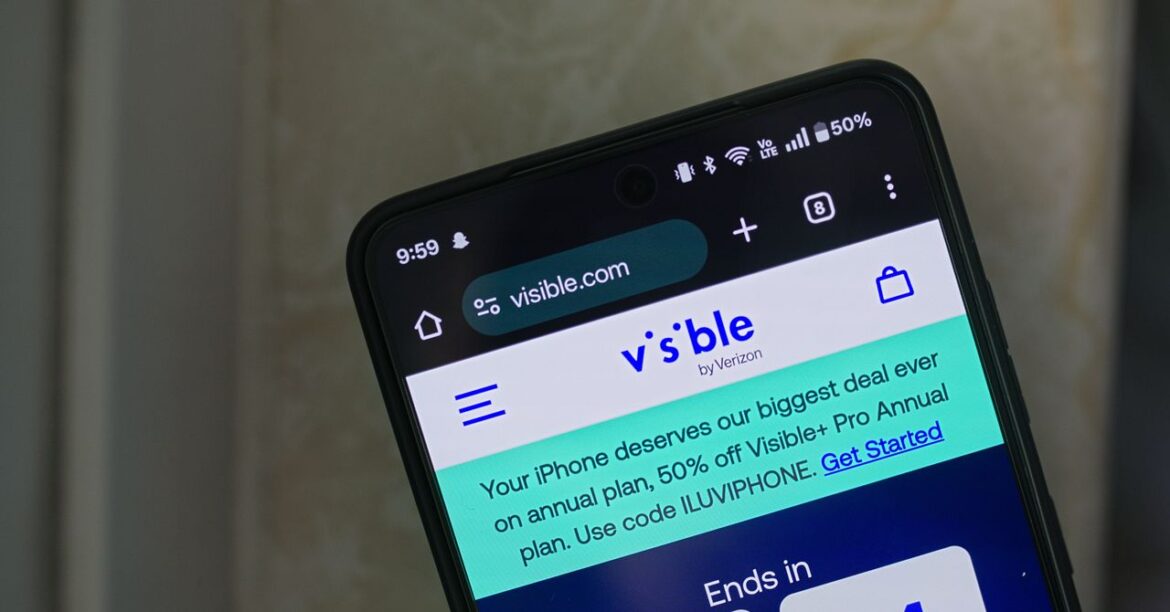MVNOs aren’t forthcoming about these limitations, but you can find them spelled out in policy documentation. Let’s look at Mint Mobile’s network management policy as an example.
The first hurdle is deprioritization. “Other brands may be prioritized higher on the T-Mobile network,” reads Mint’s network management policy. “For all Service plans, T-Mobile may also reduce speeds during times of network congestion.” These policies aren’t clear about how severe the slowdown is, but generally, if a network has a lot of congestion, MVNOs will see slower speeds before those on major carriers.
In most parts of the country, this isn’t a problem. However, you’ll likely experience slower speeds in major cities and at large events. If you’re at a concert and everyone is trying to post Instagram stories and TikToks, you’ll probably notice a significant slowdown.
Another downside with most MVNOs is throttling. You’ll be able to purchase an “unlimited” data plan, but there are usually soft caps to the amount of data you can use before speeds slow. Again using Mint as an example, it classifies “heavy data users” as those who use more than 35 GB of data in a month, and it says these users will “have their data usage prioritized below the data usage (including tethering) of other customers at times and at locations where there are competing customer demands for network resources, which may result in slower data speeds.”
Those are the two big drawbacks, but some smaller limitations pop up depending on the provider you look at. Mint, for instance, uses “video optimization,” which basically means video streams are capped at standard definition when using mobile data (480p). This happens automatically on the network, even if you’re trying to stream a higher resolution.
I’m using Mint as a touchstone here, but these practices are common among most MVNOs. Cricket has similar data restrictions and video limitations as does Optimum Mobile. Major carriers that have direct prepaid plans, like T-Mobile, generally have higher data limits before reducing speeds.
Outside of those limitations, some MVNOs don’t offer additional cellular features like roaming or a mobile hot spot. Those limitations aren’t universal, but they’re some good things to look out for when you’re looking at providers and plans.
Can You Use the Same Number With a Prepaid Mobile Plan?
The US Federal Communications Commission (FCC) determined decades ago that phone providers don’t own phone numbers. Broadly, you’re allowed to keep your number when transferring to a new carrier, regardless of whether that’s a prepaid or postpaid carrier. In fact, since 2009, the FCC requires carriers to transfer—or, more properly, “port”—your number within one business day.
Under the FCC’s rules, a carrier can’t deny porting your number, even if you refuse to pay a porting fee. However, porting fees are allowed. Some carriers, such as T-Mobile, don’t have any fees for porting your number. Others charge anywhere from a few dollars to $20.
